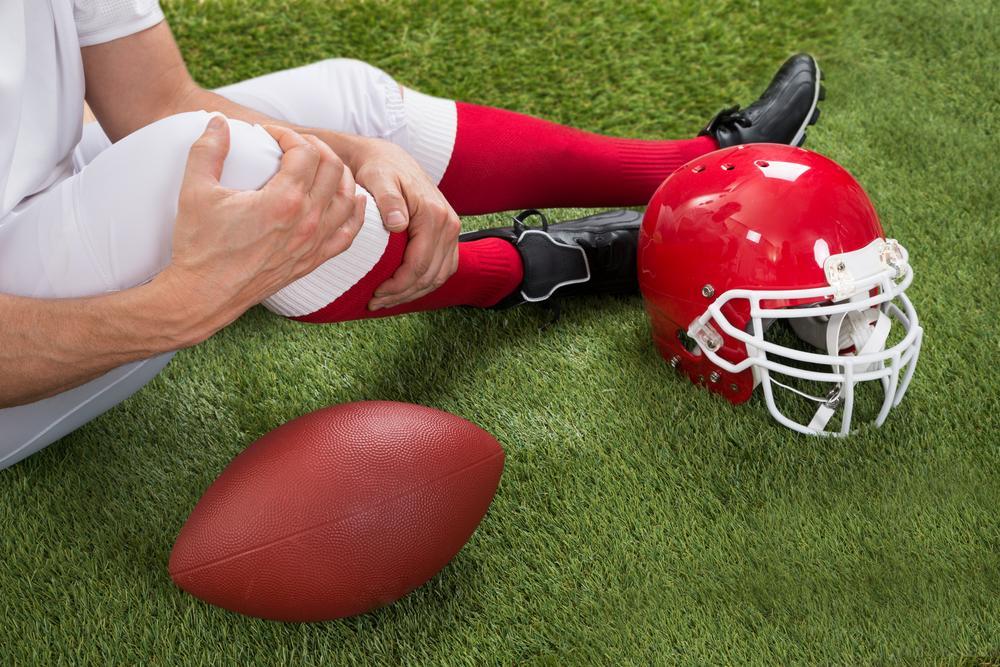Share Post

Physical therapy is constantly evolving, with advancements in technology and equipment revolutionizing the rehabilitation process. In this blog post, we’ll delve into the world of assistive devices used in physical therapy, from cutting-edge technologies like blood flow restriction and AlterG to tried-and-true tools like workout bands and sleds. Discover how these devices are empowering patients on their journey to recovery and enhancing outcomes in physical rehabilitation.
- Blood Flow Restriction (BFR) Therapy: Blood flow restriction therapy involves the use of specialized cuffs or bands to partially restrict blood flow to a limb during exercise. By temporarily reducing oxygen supply to the muscles, BFR therapy induces physiological changes that promote muscle growth, strength gains, and rehabilitation without heavy loads. This innovative approach is particularly beneficial for patients recovering from injuries or surgeries who may have limited weight-bearing capacity.
- AlterG Anti-Gravity Treadmill: The AlterG Anti-Gravity Treadmill utilizes differential air pressure technology to reduce the user’s body weight while walking or running on a treadmill. By unweighting the body and providing adjustable levels of support, the AlterG treadmill allows patients to engage in low-impact, pain-free exercise, making it ideal for rehabilitation following lower extremity injuries, joint surgeries, or neurological conditions. Its precise control over weight bearing enables gradual progression and customized treatment plans.
- Electromagnetic machines, such as electromyography (EMG) biofeedback devices and neuromuscular electrical stimulation (NMES) units, utilize electrical impulses to stimulate muscles and facilitate neuromuscular re-education. EMG biofeedback provides real-time feedback on muscle activity, helping patients improve muscle recruitment patterns and control. NMES units deliver electrical stimulation to targeted muscle groups, promoting muscle strengthening, pain relief, and functional recovery. These electromagnetic machines are valuable adjuncts to traditional physical therapy interventions, particularly for patients with neurological conditions, muscle weakness, or motor control deficits.
- Resistance Bands and Tubes: Resistance bands and tubes are versatile tools used in physical therapy to provide resistance during strength training exercises. These elastic bands come in various resistance levels, allowing therapists to tailor workouts to individual needs and abilities. Resistance band exercises target specific muscle groups, improve strength, flexibility, and range of motion, and can be easily incorporated into home exercise programs for continued progress and maintenance.
- Sleds for Rehabilitation: Sleds, traditionally associated with strength and conditioning training, are also utilized in physical therapy settings for rehabilitation purposes. Sled pushing and pulling exercises offer a functional and dynamic way to improve lower body strength, power, and cardiovascular fitness while minimizing joint stress. Sled workouts can be modified to accommodate different fitness levels and are particularly effective for patients recovering from lower extremity injuries or surgeries.
From innovative technologies like blood flow restriction and AlterG to tried-and-true tools like resistance bands and sleds, assistive devices play a vital role in enhancing the effectiveness of physical therapy interventions. By leveraging these devices, physical therapists can create tailored rehabilitation programs that accelerate recovery, improve functional outcomes, and empower patients to achieve their rehabilitation goals. Whether you’re recovering from an injury, surgery, or chronic condition, these assistive devices offer new possibilities for rehabilitation and recovery.
Related Posts
Football players are prone to injuries due to the amount of contact and sudden movements involved in the sport. Some [...]
How Can Physical Therapy Help Arthritis Patients? What is Arthritis? There are many different types of arthritis, but most [...]
Depending on your injury or condition, your doctor will likely prescribe physical therapy to manage pain. This could mean up [...]




